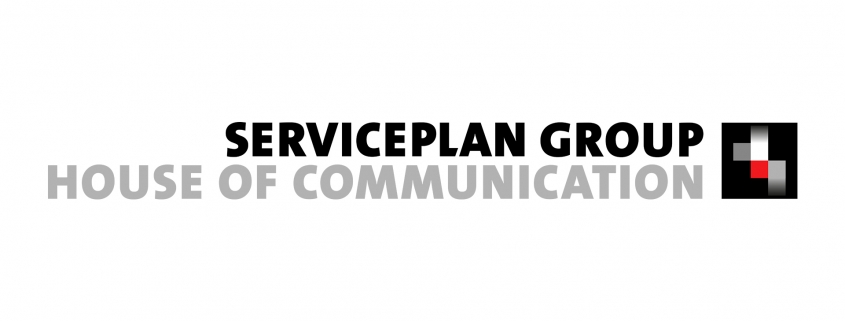- Ready for the social media firestorm: Good preparation for digital crises is important - 9. October 2018
- The mobile revolution in the digital universe - 1. October 2018
- Good relations are half the battle: The power of relationships and politics - 25. September 2018
- Digital Leadership: Four principles of digital brand building - 18. September 2018
- Digital Emerging Markets – The Era of Tweets, Likes and Uploads - 10. September 2018
- Split identity: How to avoid brand schizophrenia in the target markets - 4. September 2018
- Premium for everyone: Two factors that reinforce the trend towards premiumization - 28. August 2018
The dynamics in major growth markets can hardly be surpassed. Many things change at the same time. International brands and new local champions battle it out for market share. Entire development leaps in electronics, cars and Fintech turn markets upside down. Moreover, there are consumers who learn quickly, who are not really loyal and feel confident enough to try out lesser-known brands at an early stage. This makes customer loyalty a problem. Traditional brand loyalty campaigns often fail in the major emerging markets. This is also due to the fact that consumers climb up the premium ladder quickly. They are constantly raising their expectations and want to showcase their new status.
Marketing managers have to deal with extremely mobile target groups. Brand loyalty often puzzles them: What motivates customers to remain loyal to their current brand? Does the cultural background play an important role? Many questions, but only one certainty: In an environment such as the major growth markets, product and brand managers must know their customers particularly well. They need to be as close to them as possible, communicate with them through the most effective channels and give them the full range of brand experience. Dr. Niklas Schaffmeister (Managing Partner Globeone) and Florian Haller (CEO Serviceplan Group) provide some useful tips – all details can be found their new Springer publication “Successful brand development in the major emerging markets” (written in German).
1. Pole position first, then flatfoot: How VW pulled out of the loop in China
Volkswagen China is a good example of how important customer loyalty is in large growth countries and what pressure can build against a company. After entering the market in the 1980s, VW initially succeeded in capturing a share of more than 50 percent. But after the WTO accession in 2001, the market share of the Wolfsburg-based company fell below 20 percent. Nevertheless, VW managed to remain number one in China, despite the growing number of buyers who are willing to buy larger cars or experiment with other brands. Brand loyalty reaches about 80 percent in western car markets. In China it is only ten percent. In China, one third of all buyers now buy their second or third car. This makes customer loyalty a huge challenge. VW has responded by significantly expanding its model portfolio so that customers have a wider choice. In addition, a retention strategy was developed. This includes a standardized recording of the most important expectations and the drivers of loyalty. In addition, a strategy for after-sales management (CRM) was developed and consumer motives were analyzed in detail.
2. “Malina” and the card trick: Increasing loyalty through cooperation
There are numerous examples of successful customer loyalty programs in large growth countries. One of these is the “Malina” campaign in Russia for five partners, all of whom were market leaders in their respective product categories. Participants included the Rosinter restaurant chain, the telecom company Vympelcom and the BP-TNK service station chain. Together with Visa Card, they issued a credit card as part of Malina. All family members of the cardholders were able to collect points on a joint account and earn bonuses. In the first year after the start of the program, 2.1 million cards were issued. After two years, Malina was the leading loyalty program in Russia. Rosinter-Restaurants and TGI Friday’s, another partner of the initiative, experienced a double-digit percentage increase in the transaction volume of their cards.
3. Special privileges: How to satisfy the hunger for privileges
According to an EY survey, customer loyalty in India is only about half as high as in Europe and the US. So how can you keep customers who are willing to change? The COLLOQUY Cross-Cultural Loyalty Study, a global “commitment compass” that examined consumer attitudes in Australia, Canada and the US as well as in the emerging countries Brazil, China and India, provides helpful insights. The study confirms that consumers in emerging markets demand “special service” three times as often as discounts and privileges. And now comes the crucial point: almost three times as many buyers in emerging markets declare that loyalty to their preferred brands pays off. This is clear proof of the potential of customer loyalty programs. Preferential treatment and rewards are appreciated by customers all over the world. But nowhere is the desire for VIP treatment more distinct than in the large growth markets.
This page is available in DE



